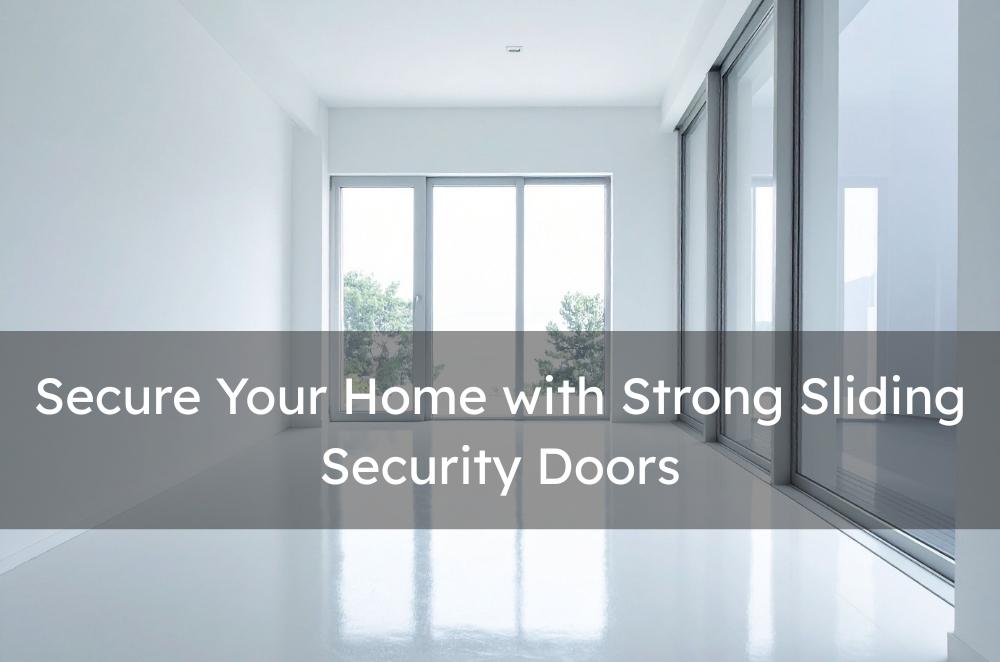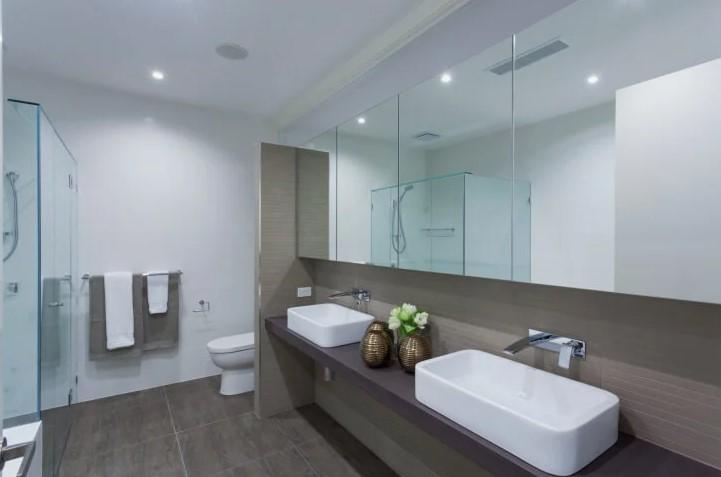Secure Your Home with Strong Sliding Security Doors

A front door gets most of the attention, but side sliders do a lot of quiet work. They connect living rooms to patios, invite airflow, and when built properly, they stand up to rough weather and rougher intentions. Upgrading to strong sliding security doors offers a mix of reliable protection without blocking light. The appeal is straightforward. Strong frames, quality mesh, trustworthy locks. No rattles, no drama. Just a safer home that stays open and liveable. That balance matters in Australian summers when cross ventilation beats air conditioning, and in winter when daylight makes small rooms feel larger while maintaining security at entry points.
What are the main benefits of sliding security doors?
They boost security while keeping airflow and natural light. They also fit modern layouts without bulk.
Well-built doors use stainless steel mesh, rigid aluminium frames and multipoint locks. Day to day, they behave like ordinary sliders, and under pressure, they act like barriers.
-
Cross ventilation while the door remains locked
-
Sunlight spread across the living and dining areas
-
Smooth gliding that holds up to daily use
-
Materials suited to coastal and urban wear
Households value ventilation because it can trim energy use, a point noted in Australian government building guidance and university research on passive cooling. In planning stages, questions around outdoor access and patio openings often lead to why security sliding doors matter within the broader home security setup.
Do sliding security doors add long-term value?
Yes. They typically outlast standard sliders and can lower cooling demand through passive airflow.
Durability rests on construction quality. Powder-coated frames resist corrosion, marine-grade mesh maintains visibility, and sealed tracks limit grit buildup. Maintenance stays manageable, which helps for several years when less hardware starts to sag.
-
Multipoint locks slow forced entry attempts
-
Mesh grades balance privacy with sightlines
-
Tight seals reduce dust and insects
-
Fewer service calls across the lifespan
Standards matter too. Products tested to Australian benchmarks, such as AS 5039, indicate performance claims are verified. Consumer organisations and independent labs often emphasise testing evidence over feature lists, especially where home protection and everyday usability intersect.
How do you choose the right sliding security door?
Match opening size, frame strength, mesh type and locking system to household use. Each choice shifts protection and comfort.
Large stacker openings benefit from stiffer frames and reinforced rollers. Stainless mesh supports clear views and airflow, while perforated metal can lift daytime privacy. A three-point lock changes how the panel responds to leverage. In family spaces balancing alfresco living with night breezes, recent sliding door security innovations such as anti-jemmy tracks and concealed fasteners raise the baseline for residential security.
-
Prioritise corrosion resistance in coastal zones
-
Confirm installation tolerances, not only sizes
-
Check warranty terms on the mesh and hardware
-
Test glide under load, not just when empty
Public health bodies like the WHO and research universities frequently highlight indoor air quality benefits from secure ventilation, supporting window and door choices that allow airflow while maintaining a strong barrier.
Conclusion
Sliding security doors are not flashy; they are foundational. Chosen to fit the space and built to standard, they keep homes open, bright and hard to mess with day in and day out.








